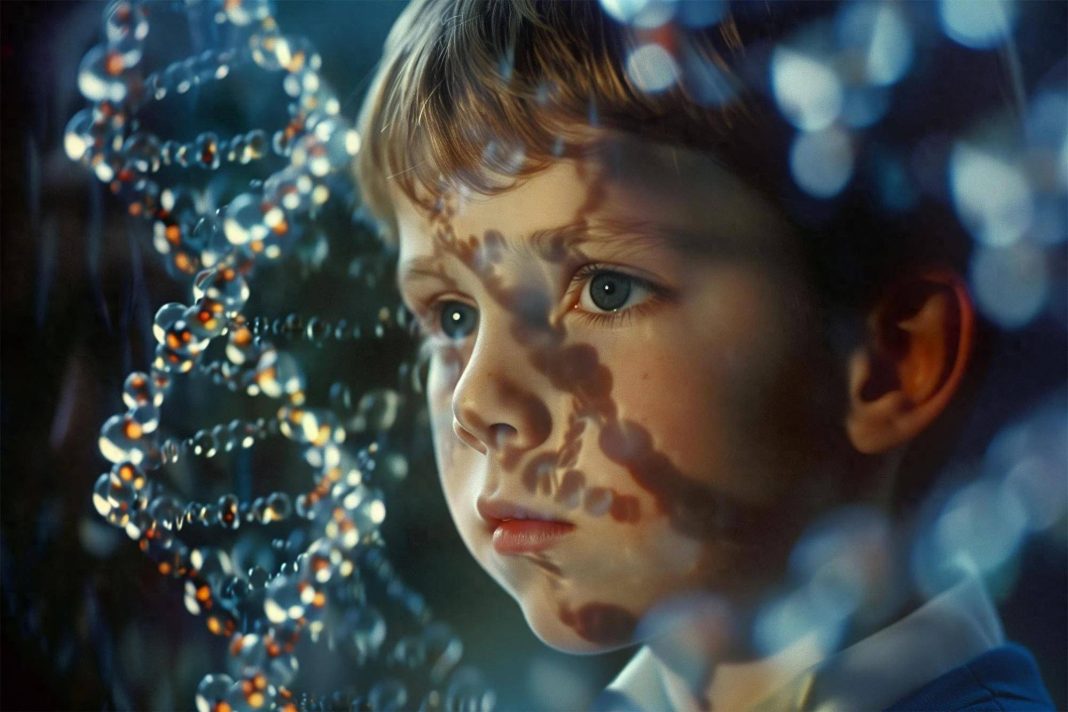A study at Rutgers University shows that the social genetic effect of peers – the influence of one social partner’s genotype on the observable traits of another person – can affect the risk of developing addiction and mental illness later in life.
Moms always say, “Choose your friends wisely.” Now, a study led by a health professor at Rutgers University has revealed something: their traits can impact you – especially those traits that exist in their genes.
This groundbreaking research found that the genetic makeup of adolescent peers may have long-term effects on individual risks for substance and alcohol use disorders, depression, and anxiety.
“Peer genetic predispositions to mental illness and substance use disorders are related to the risk of individuals contracting the same diseases later in life. Our data demonstrate the long-term impact of social genetic effects,” said Jessica E. Salvatore, the lead author of the study published in the American Journal of Psychiatry at Rutgers University Robert Wood Johnson Medical School.
Social genomics – the influence of one person’s genotype on the observable traits of another person – is a burgeoning field of genomics. Studies suggest that the genetic makeup of peers may affect their friends’ health. To validate this, Salvatore and colleagues used Swedish national data to assess the impact of peer social genetics on several mental illnesses.
Research Methodology and Results
Researches created an anonymous database containing over 1.5 million Swedes born between 1980 and 1998, with Swedish parents. The first step of the study involved mapping the individual distribution based on location and school during adolescence. Subsequently, researchers used medical, pharmaceutical, and legal registration records to track substance use and mental health disorders in the same individuals in adulthood.
Models were run to assess whether peer genetic predispositions could predict the likelihood of target individuals experiencing drug abuse, severe depression, and anxiety disorders in adulthood. Peer genetic predispositions were indexed against family genetic risk scores under the same conditions (personalized genetic risk measurement based on familial history).
Even after controlling for an individual’s genetic predispositions, family socioeconomic factors, and other factors, researchers found a significant association between peer genetic predispositions and the likelihood of the target individual developing substance use or mental disorders. This influence was stronger in peer groups based on schools than geographic peers.
Among school peers, the most profound influence was observed among high school classmates, particularly those aged 16 to 19 in the same professional or college preparatory stages. Compared to severe depression and anxiety disorders, substance and alcohol use disorders had a more significant social genetic impact on school peers.
Salvatore mentioned that more research is needed to understand the reasons for these connections.
“The most obvious explanation as to why peer genetic predispositions may be linked to our own well-being is that the genetic predispositions of our peers may affect their phenotypes, or peers may also be influenced by the disease. However, in our analysis, we found that peer genetic predispositions are related to the likelihood of a target individual contracting the disease, even when statistically controlling for whether peers are affected or unaffected,” Salvatore said.
She added that it’s not yet clear what these findings mean for intervention measures.
“If we want to consider how to best address these socially costly diseases, we need to consider more network- and socially-based interventions. Considering only individual risks is not enough,” she said.
Salvatore also emphasized the importance of intervening in processes and risks that extend at least ten years after dropping out of school. She said, “The reach of peer genetic influences is extensive.”
If friends like it, please follow “Know It All!”


